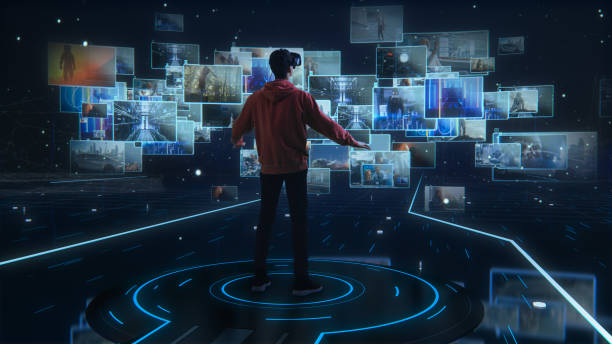
Visual Effects, commonly known as VFX, play a critical role in modern filmmaking and gaming. Whether you're watching a superhero fly through the sky or playing a game set in an alien world, chances are you're seeing VFX in action. In this article, we’ll explore the fundamentals of VFX, how it’s used across industries, and how beginners can start learning VFX to build a career in the creative field.
What Is VFX?
VFX stands for Visual Effects. It involves creating, enhancing, or manipulating imagery that cannot be captured during live-action shooting. This is done using computer-generated imagery (CGI), compositing, and various digital techniques. VFX is typically added in post-production and helps bring creative visions to life, whether it's a fantasy landscape, an epic explosion, or an imaginary character.
VFX in Films
In the film industry, VFX is used to create scenes that are too dangerous, expensive, or impossible to shoot in reality. From disaster scenes and futuristic cities to magical creatures and time travel sequences, VFX artists use advanced software and tools to seamlessly blend real footage with computer-generated elements.
Some well-known examples include:
- Avatar – Immersive alien environments and characters
- Avengers: Endgame – Superheroes, space battles, and digital effects
- The Jungle Book – Realistic animals created entirely through CGI
VFX in Games
In the gaming world, VFX is used to enhance interactivity, realism, and immersion. It includes visual elements like smoke, fire, explosions, magic effects, weather conditions, and more. These effects are designed to respond to player actions in real-time, making games visually dynamic and engaging.
Popular games like Fortnite, Call of Duty, and God of War rely heavily on VFX to create realistic and fantasy environments, character abilities, and cinematic cut-scenes.
Types of VFX Techniques
Here are some of the most common VFX techniques used in both films and games:
1. Compositing
This is the process of combining multiple visual elements into a single scene. It’s often used with green screens, allowing artists to insert actors into digital environments.
2. Motion Capture (MoCap)
Motion capture technology records an actor’s movement and translates it to a digital character. This technique is widely used in both movies and high-end video games.
3. CGI (Computer-Generated Imagery)
CGI involves creating digital images or animations, from realistic characters to entire worlds. It is the backbone of modern VFX and used extensively in fantasy and sci-fi genres.
4. Matte Painting
This is a technique for creating realistic or imaginary landscapes that serve as backdrops in films or games. It’s a blend of 2D and 3D art, often used in epic scenery shots.
5. Particle Effects
Particle systems simulate fire, smoke, rain, sparks, and more. In games, these effects react to the environment and player actions, adding realism and excitement.
Why Learn VFX?
The demand for skilled VFX artists is rapidly growing. With the expansion of the film, television, gaming, and advertising industries, opportunities are increasing worldwide. Whether you're passionate about movies, games, or animation, VFX offers a creative and technical career path that’s both exciting and rewarding.
To get started, it’s important to build a solid foundation in VFX software, storytelling, and production workflows. Programs like VFX Prime Courses in Udaipur are specifically designed to help beginners and intermediate learners master industry-standard tools like Adobe After Effects, Autodesk Maya, Nuke, and more.
VFX in the Future
As technology continues to evolve, so does the world of visual effects. Real-time rendering, virtual production, and AI-powered tools are changing the way VFX is created. The rise of virtual reality (VR) and augmented reality (AR) also opens new doors for VFX artists to explore immersive storytelling.
Professionals trained in modern VFX techniques are not only shaping today’s entertainment landscape but are also defining the future of digital media.
How to Start a Career in VFX
If you're serious about building a VFX career, start with professional training and hands-on experience. Working on projects, building a portfolio, and learning from industry experts will give you a competitive edge in the job market.
Advanced programs like VFX Film Making Courses in Udaipur offer specialized training in film production, compositing, 3D animation, and editing. These courses provide real-world exposure and prepare students for roles in production houses, studios, gaming companies, and beyond.
Conclusion
Visual effects have become a core element of storytelling in both films and games. They transport us to other worlds, bring characters to life, and create unforgettable experiences. Whether you're a creative enthusiast or a technical thinker, learning VFX can open up exciting opportunities in the entertainment and digital industries. With the right guidance, like the one offered in Udaipur’s professional courses, you can begin your journey into this innovative and inspiring field.